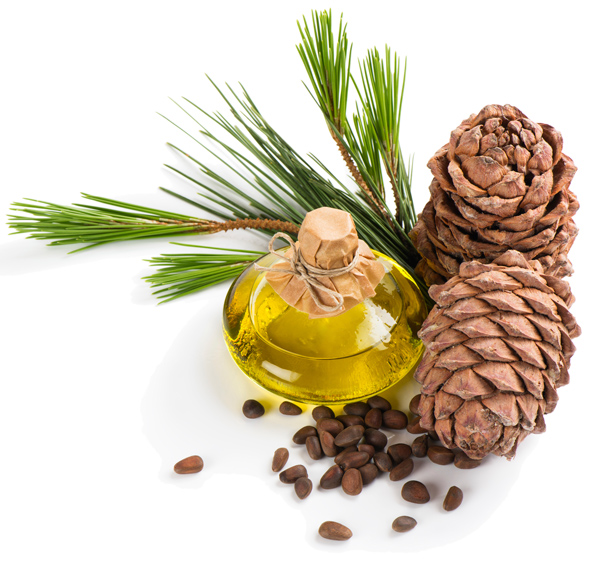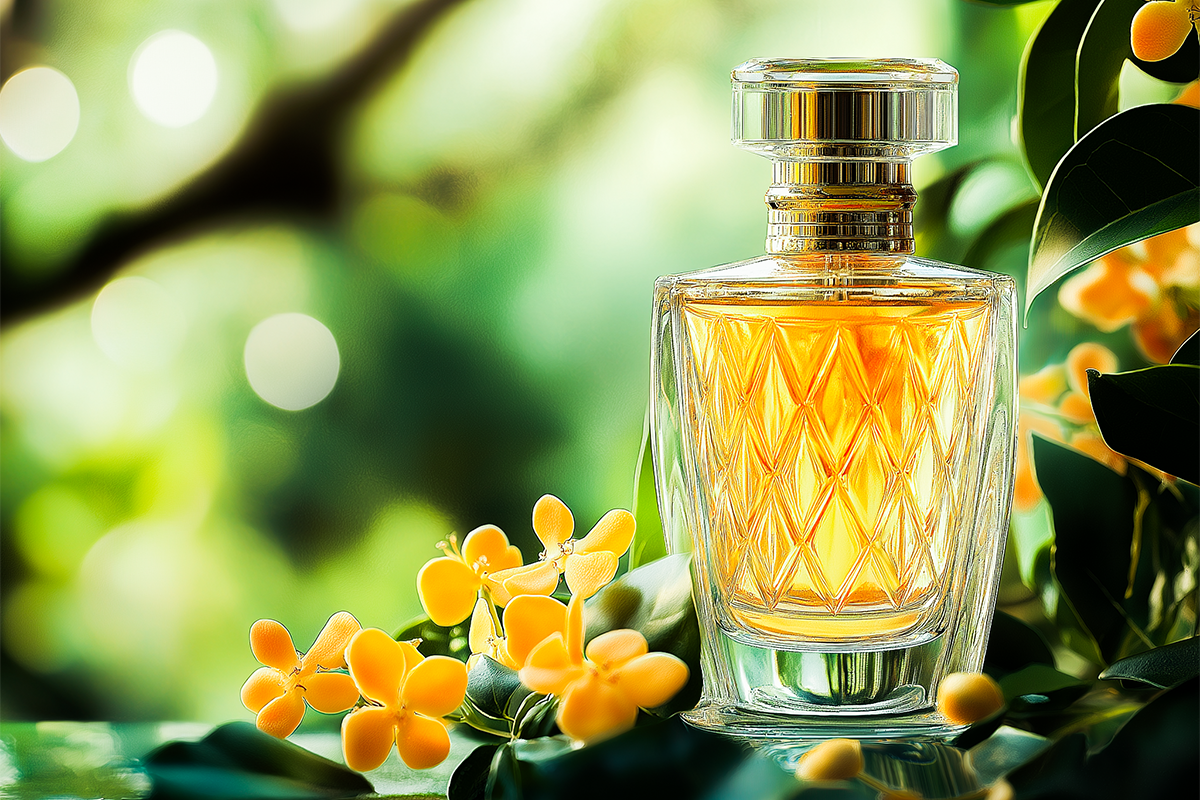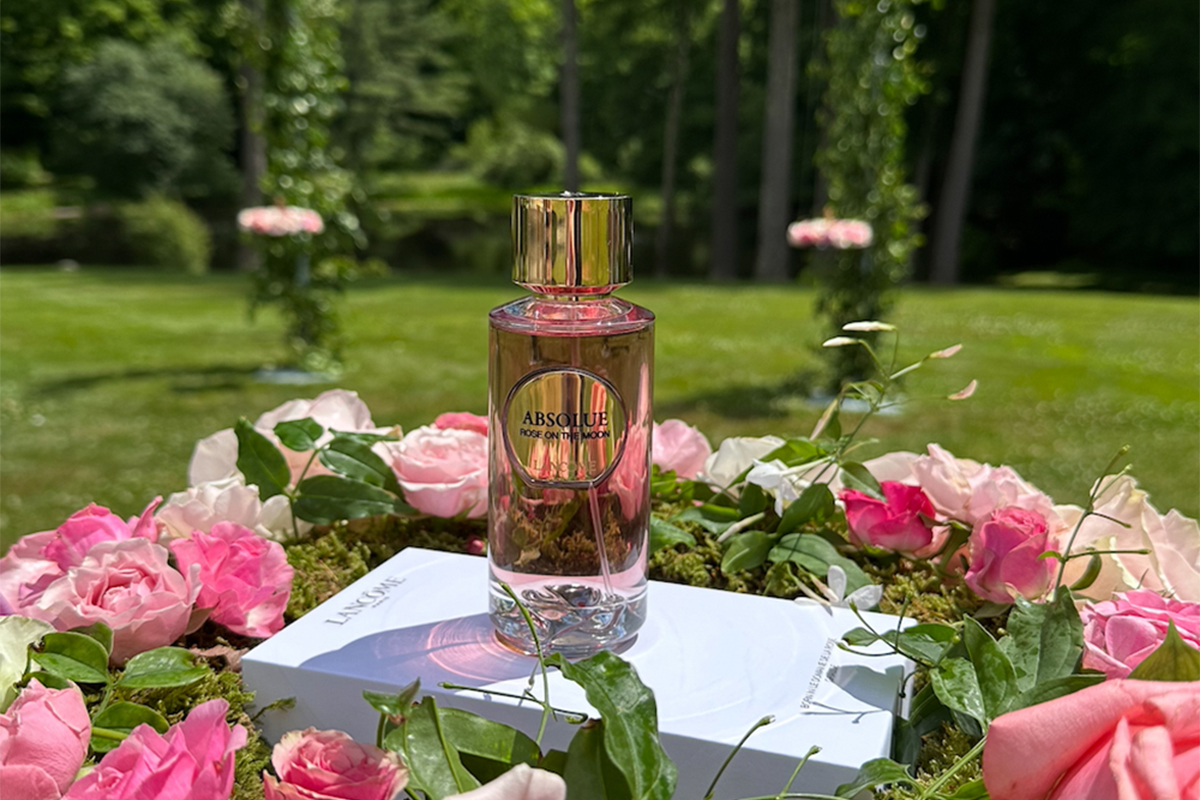Read this post in
 Arabic
Arabic
Native to the mountains of Lebanon, Himalaya and the Mediterranean region, cedarwood can be dated back to being the oldest ingredients in perfume history. Isabella Manon shares an insightful read on the dominance of cedarwood in today’s perfumes…
Let’s go way back in the perfume history, cedar also know as ‘Cedrus’, is one of the oldest ingredients in the history of perfume notes. And its relevance is present even today with cedarwood being one of the most commonly used base notes in many perfumes. So now the question, what exactly is cedarwood? And why is it still so popular after all those years? Well here is your answer…
Going back to the beginnings
Cedarwood is a genus of coniferous trees in the plant family of Pinaceae and is native to the mountains of Lebanon, mountains of the Himalaya and the Mediterranean region. But true cedars are also native to North African and Asian mountain regions and commonly found in Deodar and Atlas.
Cedar is an evergreen tree that grows up to 40 meters and has a silvery blue or greenish needle shaped leaves tipped with yellow flowers. The bark of the tree is reddish to brown, even though a precise description depends on the type of a tree.
Presence in perfumery
The oil obtained from cedarwood is a distinctive woody, spicy-resinous scent. But if you think that cedar or cedarwood oil found in perfumes is easy to find then think again! A lot of perfumes have cedarwood oil as an ingredient but most of these oils belong to the aromatic group and are obtained from distilling junipers and cypresses rather that the true cedars, thus making it a very rare and precious ingredient.
For unknown reasons, the natural forests of true cedar have nearly disappeared. Even though the national flag of Lebanon features a stylised image of cedar, the most famous cedar forest in Lebanon as a fact now includes only 275 trees. In the ancient times though, this was an immense green forest that spread across the Mount Lebanon.
So now, how do they make cedarwood to be a perfume ingredient? Cedarwood oil is obtained from the foliage, and sometimes the wood and roots of the tree. The essence is derived in the process of steam distillation with the yield from wood chips and sawdust of somewhere about 35 percent.
Cedarwood oil looks yellow or brown in colour and has a characteristic, clean, balsamic woody odour with a pale undertone of sandalwood. This deep base note has a typical dry and woody scent that beautifully supports higher and cheerful mid-notes of the fragrance composition.
You will not go wrong if you think of cedarwood as a grounding note. It is very calming and pure, combines very well with citrusy and flowery notes, and is often encountered in fragrances for men. It blends the absolute best with musk, violet leafs, amber, citrus and spices.
A few examples of fragrances with the star ingredient cedarwood for women are as follows:
Chance Eau Fraiche by Chanel
Chance Eau Fraiche is a chypre floral fragrance for women by Chanel and was launched in 2007. The nose behind this fragrance is Jacques Polge.
The perfume starts with top notes of lemon and of course, cedarwood. The heart consists of pink pepper, water hyacinth and jasmine. And the base notes conclude this elegant fragrance with teakwood, iris, amber, patchouli, vetiver and white musk.Dolce Vita by Christian Dior
Dolce Vita can be considered one of the classics created by perfumers Pierre Bourdon and Maurice Roger in 1994. A sweet oriental fragrance by the house of Dior, Dolce Vita reminds its wearer the days of joys and happiness from hot and sunny summer days- the scent of easy living!
The olfactive composition of this fragrance start with notes of lily, magnolia and rose followed by peach, apricot and cinnamon in its heart while the dry down notes of a spicy-woody base includes cedarwood, sandalwood, heliotrope and vanilla.
Infusion d’Iris by Prada
Prada’s Infusion d’Iris was introduced in 2007 as an oriental-woodsy fragrance. The name of this fragrance was inspired by the old method of producing iris extract which takes six months of soaking until the sweetly fresh iris notes were released and collected.
Infusion d’Iris was created and designed by perfumer Daniela (Roche) Andrier of Givaudan. The perfume is captured in an elegant glass bottle reminiscent of retro perfume bottles.
This modern and elegant fragrance opens with notes of mandarin, galbanum, orange and orange blossom which lead to the heart composed of iris, cedarwood and vetiver. The base is composed of incense and benzoin.
Infusion d’Iris Cèdre by Prada
The Infusion collection of fragrances from Prada began in 2007 with Infusion d’Iris edition. In 2015, Prada returned making it a permanent collection. It presented 6 fragrances: the re-launched Infusion d’Iris, Infusion de Fleur d’Oranger from 2009 and Infusion de Vetiver from 2010, and three new editions Infusion d’Iris Cedre, Infusion d’Amande and Infusion d’Oeillet.
Perfumer Daniela (Roche) Andrier collaborated with Miuccia Prada to create this collection of six elegant and sophisticated unisex fragrances. Each fragrance is an interpretation of natural ingredients and the contrast between traditionalism and modernity.
From this, the Infusion d’Iris Cedre contains notes of iris, cedarwood as the main note, Tunisian Neroli, benzoin from Laos and Somali Incense.
Few examples of cedarwood fragrances for men are:
La Nuit de l’Homme by Yves Saint Laurent
A masculine fragrance from the house of YSL, La Nuit de l’Homme appeared in the market in March 2009. The flacon is dark and powerful, as if it were announcing powerful ingredients it carries in itself. The noses behind this fragrance are Anne Flipo, Pierre Wargnye and Dominique Ropion.
A veil of mystery and an explosive spicy accord reveal cardamom with sparkling freshness of bergamot, lavender and cedarwood, which stands for the strength of men. The fragrance dries down with base of cumin and vetiver ensuring a sensual finish and an elegant closure.
Terre d’Hermès by Hermès
Terre d’Hermès came out in 2006 by Jean-Claude Ellena. The fragrance is a metaphor for materials, a matrix that speaks of territory as well as matter, earth and roots.
This vertically structured scent is based on an alchemy of wood; the scent first introduces the gaity of orange, bitterness of grapefruit and vivacity of pepper and of fresh spices. The top and heart further flirts with the mineral effect of flint and the coarseness of vetiver. Dominated by cedarwood, the fragrance goes deeper with the sweetness of resins and the impalpable voluptuousness of benzoin.
Read this post in
 Arabic
Arabic








